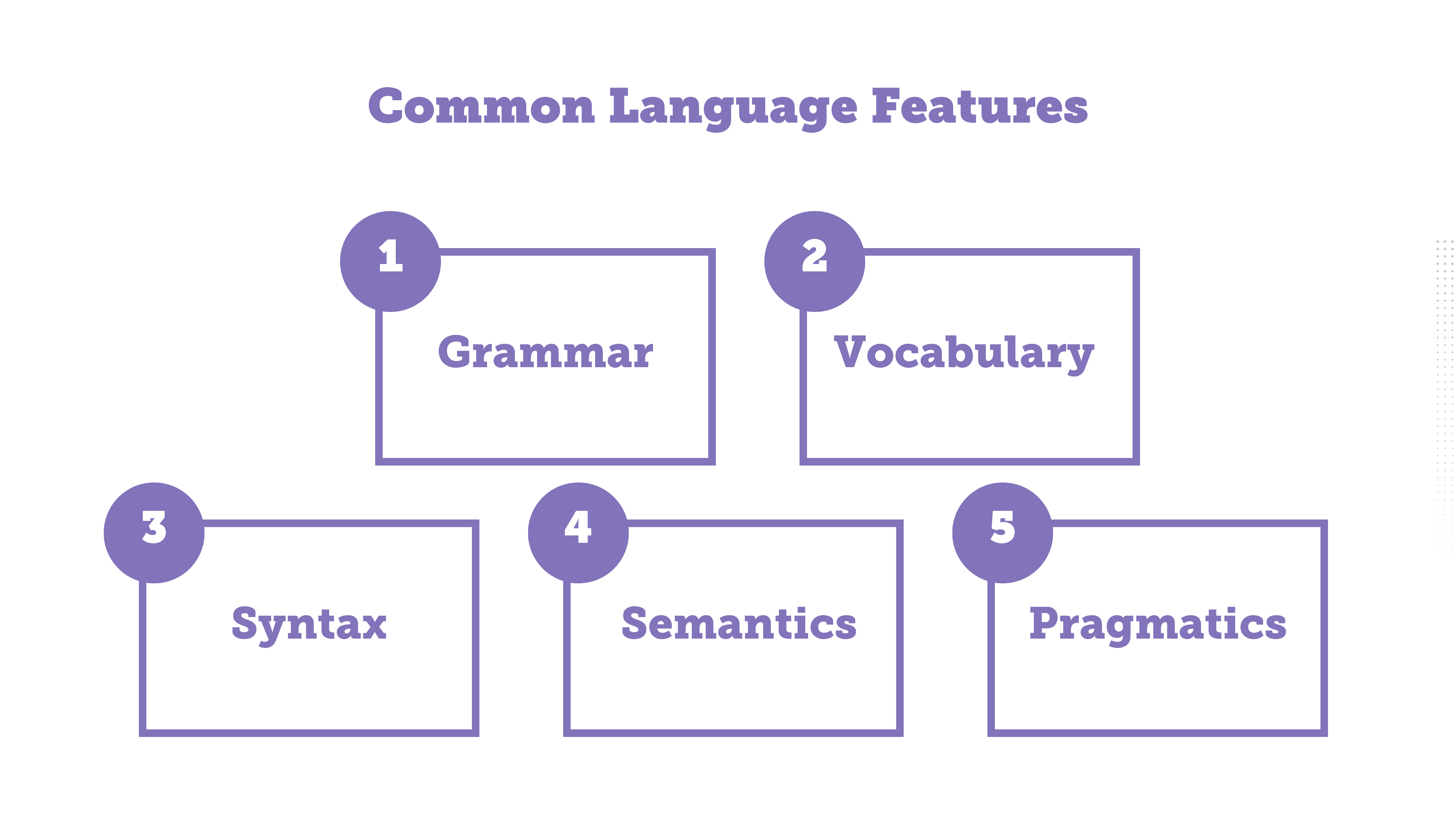What is American Sign Language?
American Sign Language
American Sign Language was first recognized in the 1960s as a separate and distinct language.
William Stokoe, a linguist who worked at Gallaudet University, began to recognize patterns in the use of the language used by students and faculty on campus. Stokoe began to research the language and was able to prove that the linguistic features that exist in all verbal languages are also evidenced in American Sign Language. Let’s review these features.

All languages have a set of words or signs, that are used to express meaning.
All languages have a system for organizing words or signs into terms or phrases to convey meaning.
All languages have a way of representing meaning through words or signs, tones, or gestures.
All languages have a system for using language in context, including rules for conversation and social interaction.
All languages have a system of rules for organizing words or signs and expressing relationships between them.
American Sign Language is a unique, complex and distinct language. As a visual language, it differs from verbal languages and can be defined in it’s own way.
You got it!
All of these answers are true and help us to define American Sign Language.
With American Sign Language there are more complex aspects because it is a visual language. In a visual language, you will find unique linguistic features. Let’s review some common ones.

The form the hand assumes during the articulation of a sign. There are over 40 hand shapes used in American Sign Language.
The direction the palm of the hand is facing. The different orientations are palm facing in, palm facing out, palm facing down, palm facing up, palm facing left, palm facing right, and palm facing palm. A combination of these can be used during the production of a sign.
Designated hand shapes used as referents for nouns and verbs. Once the word is used, the classifier can be used to represent the word.
Facial expressions are used to convey linguistic information and express emotion. The facial expressions used while signing affect the meaning of a sign.
The physical place where the sign happens in relation to your body. Some signs are made at the chin, shoulder, forehead, or in front of the chest. A sign may start in one location and end in another.
The distinctive hand actions that form signs. American Sign Language uses over 20 movements including forward, backward, up, down, and in a circle.